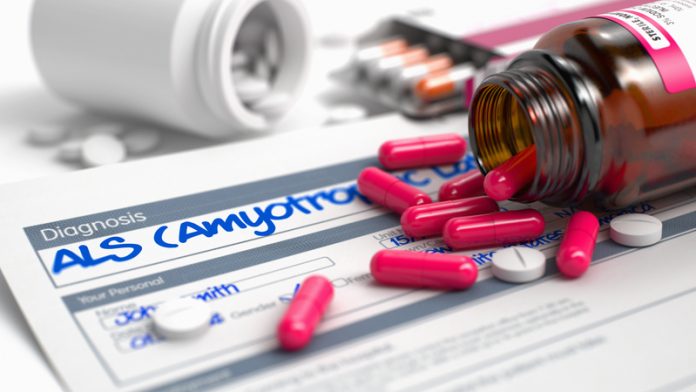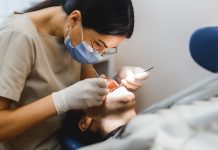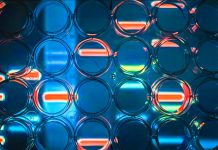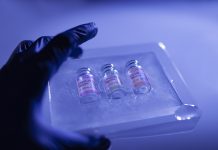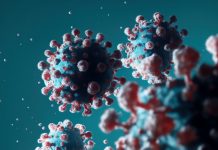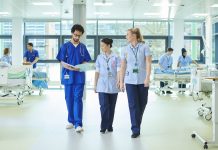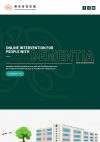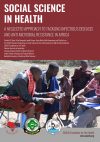AriSLA – The Italian Research Foundation for ALS, outlines strides made in ALS research in Italy over the last 10 years and work still needed to find a cure
Amyotrophic lateral sclerosis (ALS) is the most common adult-onset neurodegenerative disease, characterised by progressive loss of upper and lower motor neurons at the spinal or bulbar level. Motor neurons are the cells responsible for contraction of voluntary muscles which primarily allow voluntary movements, but also other vital functions such as swallowing, speaking and breathing. Their degeneration involves the progressive paralysis of muscles, saving the sensory and in most cases, cognitive functions, blocking the patient in his/her own body.
ALS has a median survival of 2-4 years and the worldwide annual incidence is about 1.9 per 100,000. As recently reported, the number of individuals with ALS is expected to increase by nearly one third from 80,162 in 2015 to 105,693 in 2040. This projection is due to the ageing of the population, as those most at risk of developing the disease are between 55-75 years of age (Nature Communication 2016). This scenario implies the need for common strategies to face the impact that this increase will have on national healthcare systems.
Incredible advances in technology AriSLA – the Italian Research Foundation for Amyotrophic Lateral Sclerosis, was born in 2009 thanks to the foresight of its founders: AISLA Onlus, the ALS Patients Association, Fondazione Cariplo, Fondazione Telethon and Fondazione Vialli e Mauro per la Ricerca e lo Sport Onlus.
The last 10 years have been, indeed, characterised by an incredible development of new technologies for sequencing and imaging that have allowed us to identify many ALS-associated genes and biomarkers, which are potentially useful for diagnosis and prognosis in relatively cheaper and faster ways, as well as the development of in vitro (induced pluripotent stem cells) and in vivo tools, that allow us to study what happens prior to symptom onset. This vividness has exponentially increased our knowledge about the disease and radically changed the mode of operation of the research itself.
Moreover synergies between worldwide charities and associations dealing with the disease and funding research have become stronger and more productive, especially in the clinical and technological areas that have a direct impact on people affected by ALS. This explosion of knowledge has unfortunately raised more questions than answers in the field of ALS.
Lack of disease models and the absence of biomarkers hinders progress
ALS is a complex disease with many different heterogeneous pathways playing a role in either its onset or progression. Although most cases of ALS are sporadic (90-95%) with no obvious genetically inherited component, about 5-10% of the cases have a family history (FALS) that occurs due to mutations in specific genetic loci. Starting from the discovery of mutations in the gene, encoding the antioxidant enzyme superoxide dismutase 1 (SOD1) in 1993, more than 50 further potential genes have been identified in association with FALS (Nature 2016).
Even if presentation of familiar and sporadic forms are very similar, the clinical course is highly variable, confirming how the pathogenesis of the disease remains mostly unknown and how complex it is to develop therapeutic approaches that are effective across the ALS spectrum. After half a century of trials and more than 150 different therapeutic agents tested in preclinical models, currently the only available drug treatment is Riluzole, which only modestly increases survival of ALS patients. Potential reasons for the negative results include both the lack of reliable disease models (two thirds of negative studies were potentially misled by positive studies in SOD1 mice in most cases performed at the presymptomatic stages), and the absence of diagnostic and prognostic biomarkers, which makes the evaluation of the effectiveness of the treatment tested difficult (Lancet Neurol 2014).
ALS research in Italy aims to provide concrete answers
From these premises, the funding model adopted by the AriSLA Foundation aims to support the whole process of scientific research and project development, to act as an interlocutor for the national and international scientific community working on the disease, not only as a funding agency, but particularly as a catalyst of synergies and concrete actions to understand and fight the disease.
Taking advantage of its institutional role and its established network with other international ALS funding charities, AriSLA has invested in all areas of research (basic, translational, clinical and technological), concentrating most of its efforts on the identification of innovative therapeutic solutions and supporting researchers in the creation of a clinical national platform that will help to achieve its main purpose: “Funding the best research to defeat the disease”. Through a peer-review selection process, AriSLA wants to be a guarantor of the principles of objectivity, impartiality and scientific merit, using its own Scientific Committee, composed of international, annually renewed experts.
As an example of the results that have been achieved in the last eight years of research activity, more than €10.6m was invested, with 62 research projects funded and more than 110 research groups supported, to help to produce 163 original publications and lead to the discovery of 5 new ALS causative genes.
AriSLA’s effort to increase awareness about the disease is changing “the way to fight against ALS”, but there is still an urgent need to implement research investments to develop an effective treatment and improve patients’ quality of life.
The exploitation of the new knowledge and new technologies available, together with our investments on translational research, can give us the chance to reach the goal of providing, within the next 10 years, concrete answers to the ALS community.



